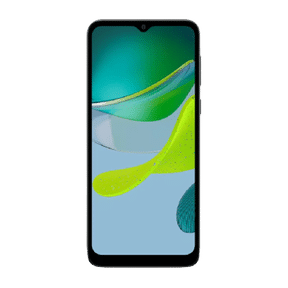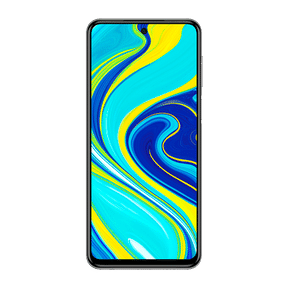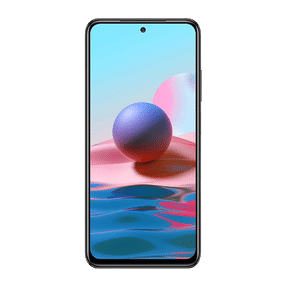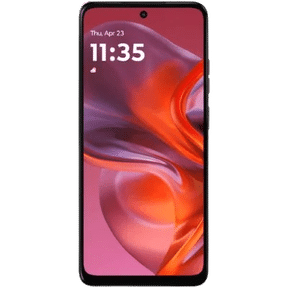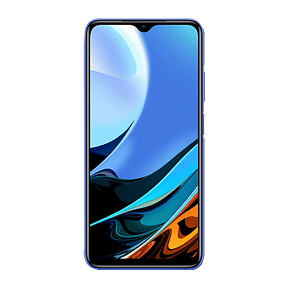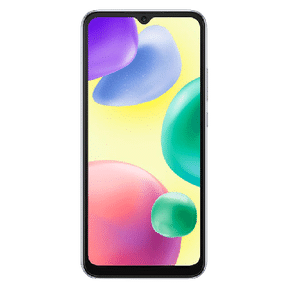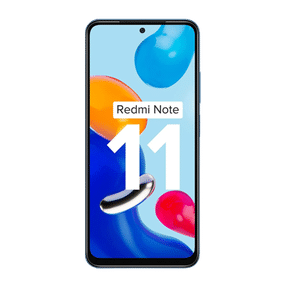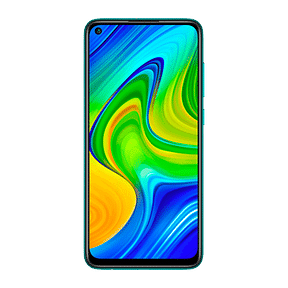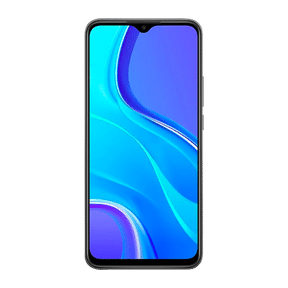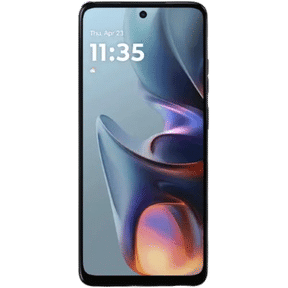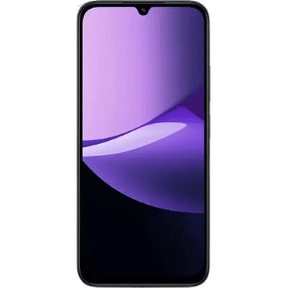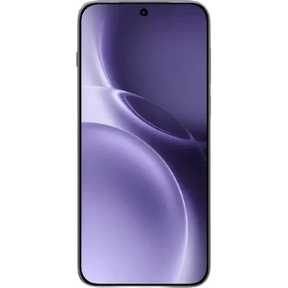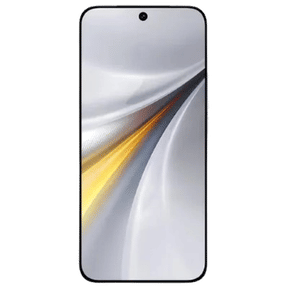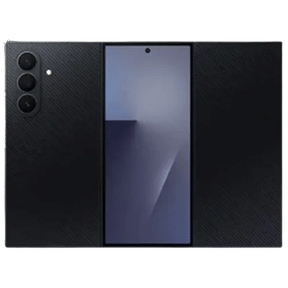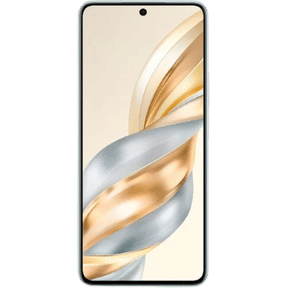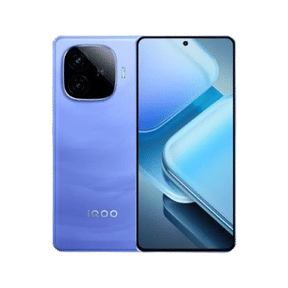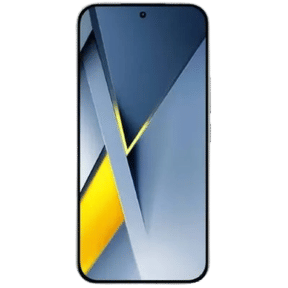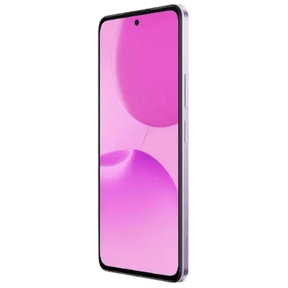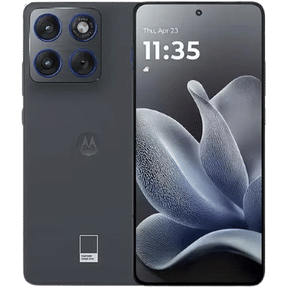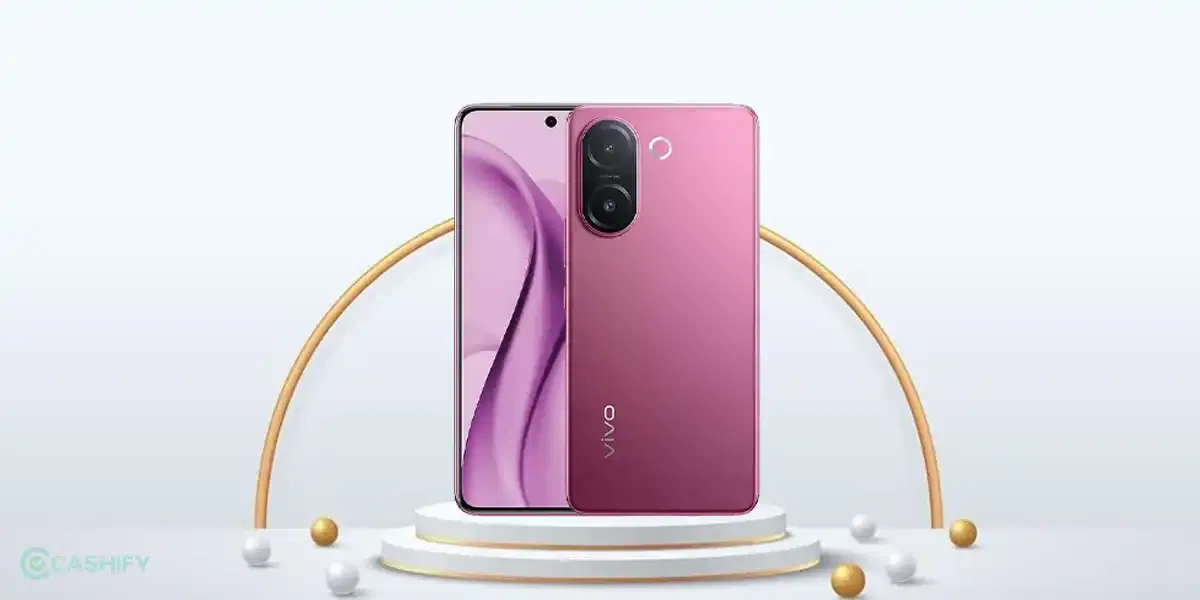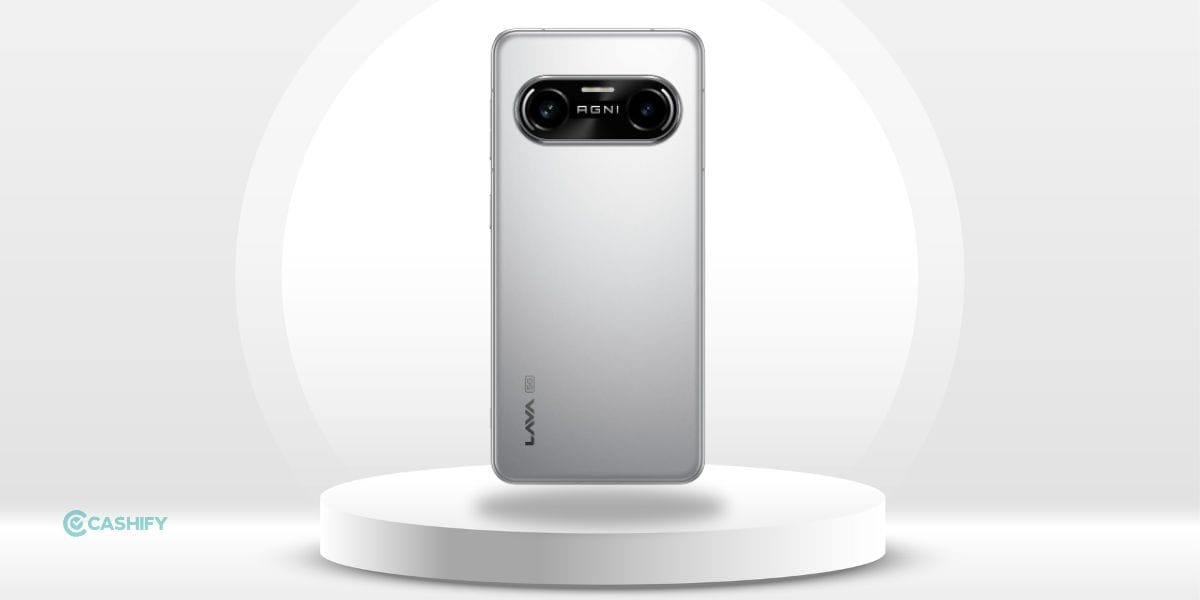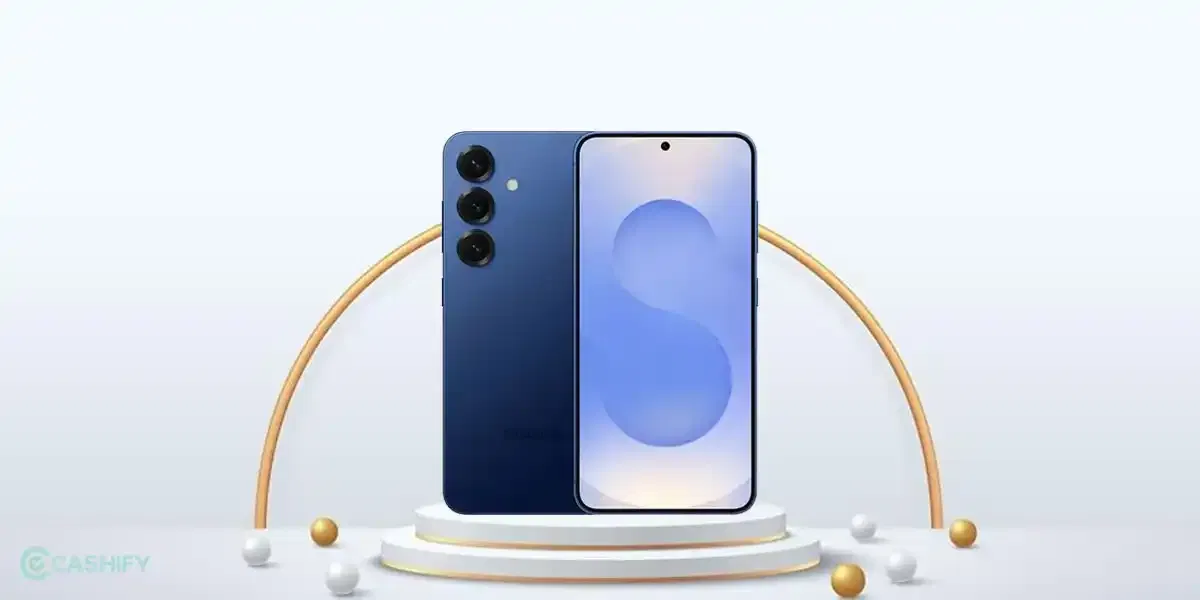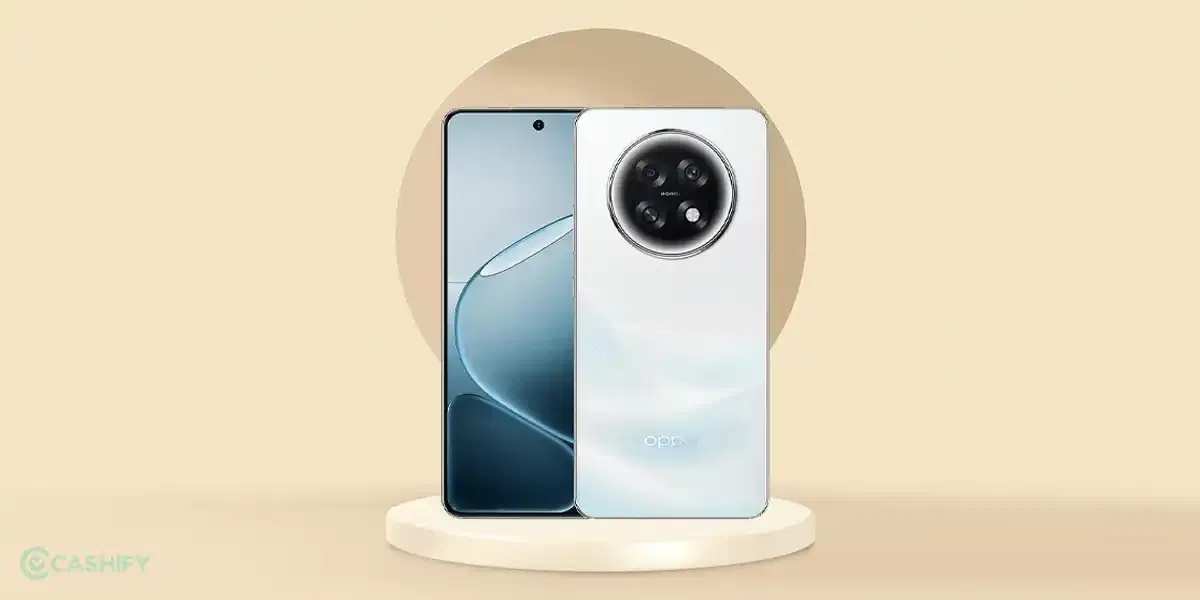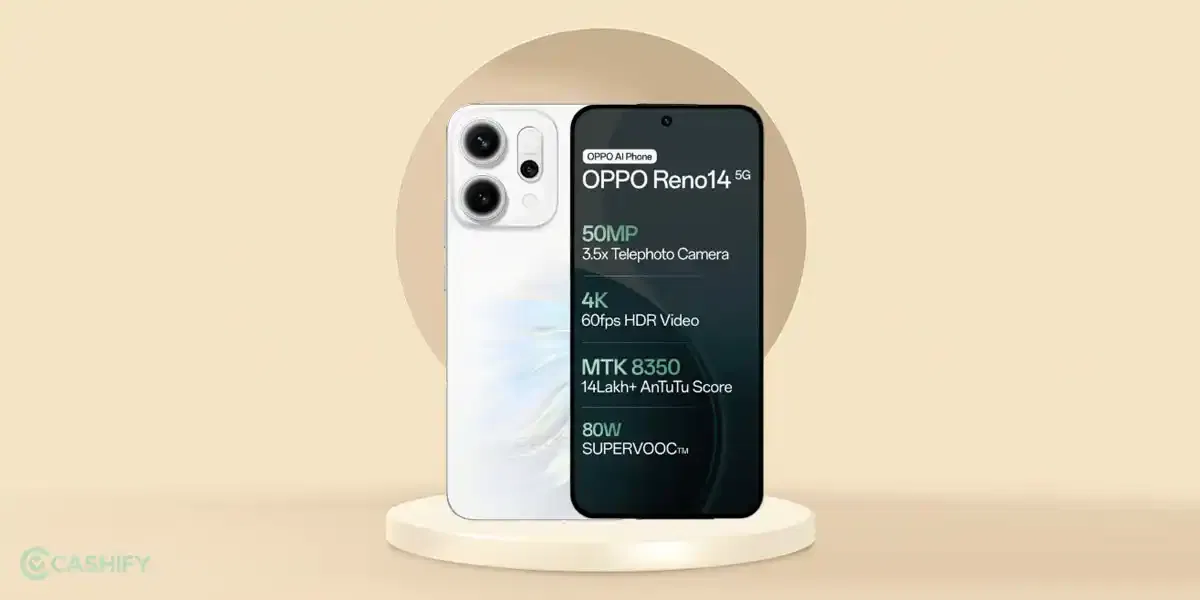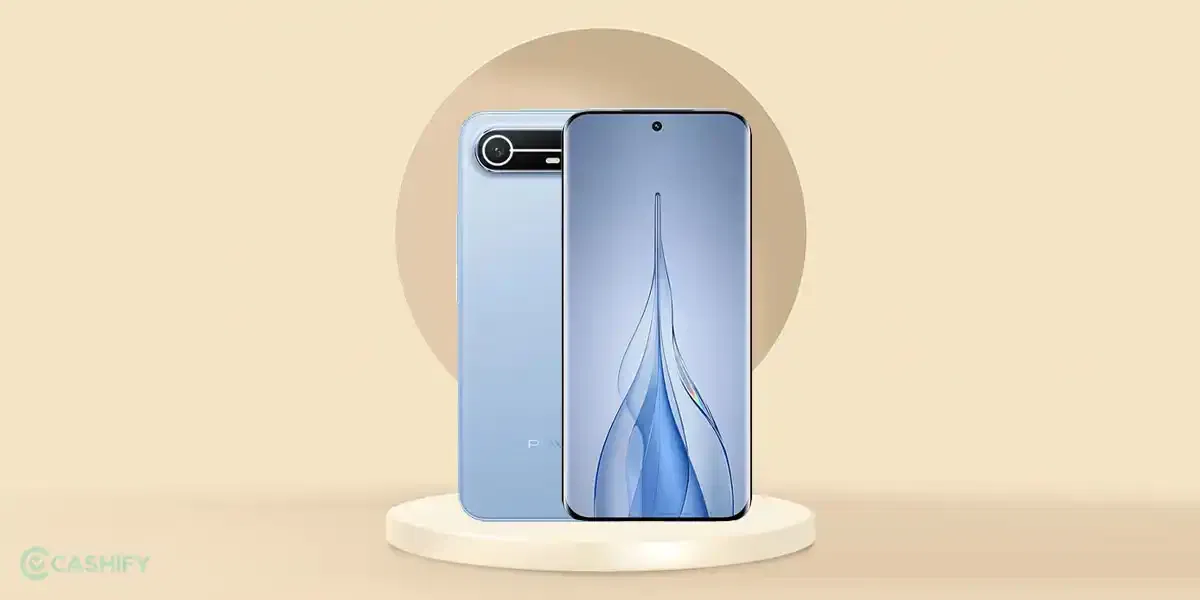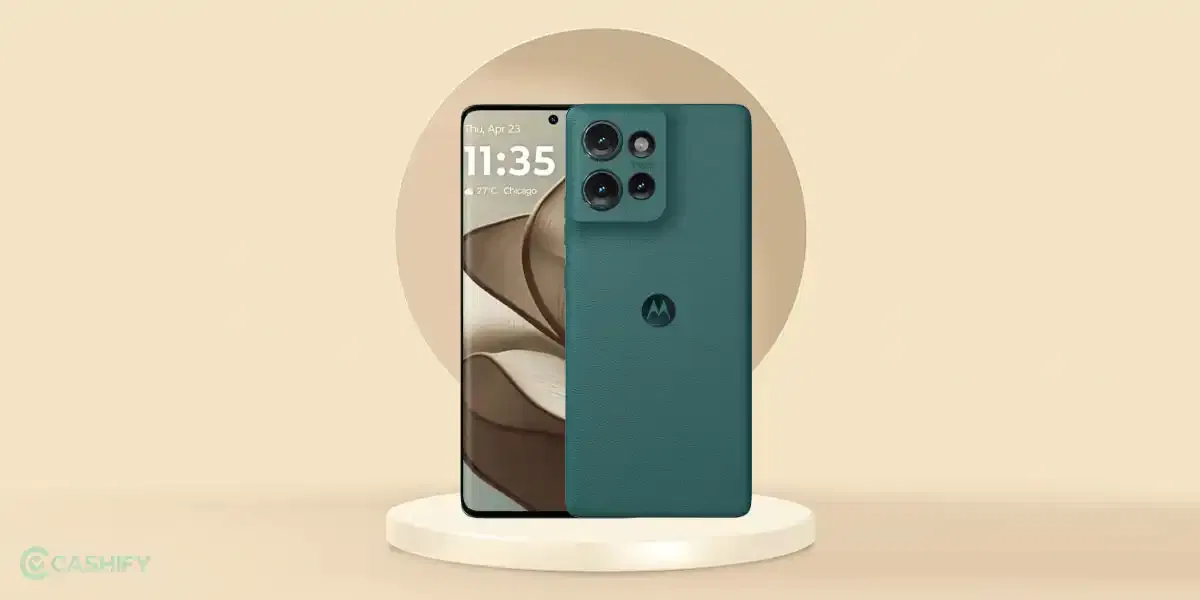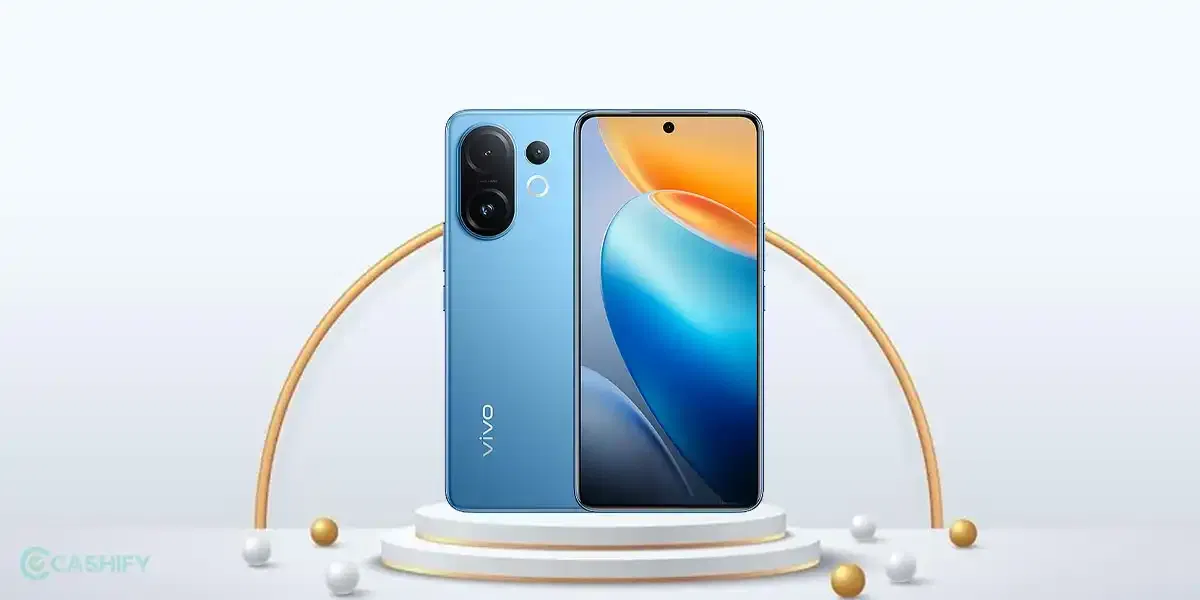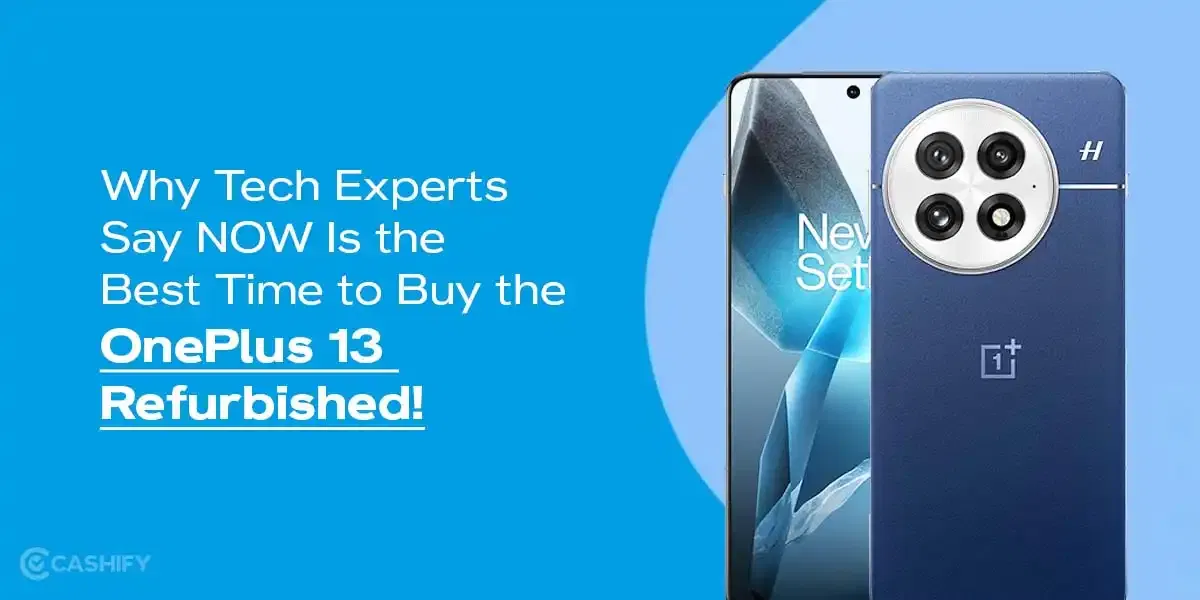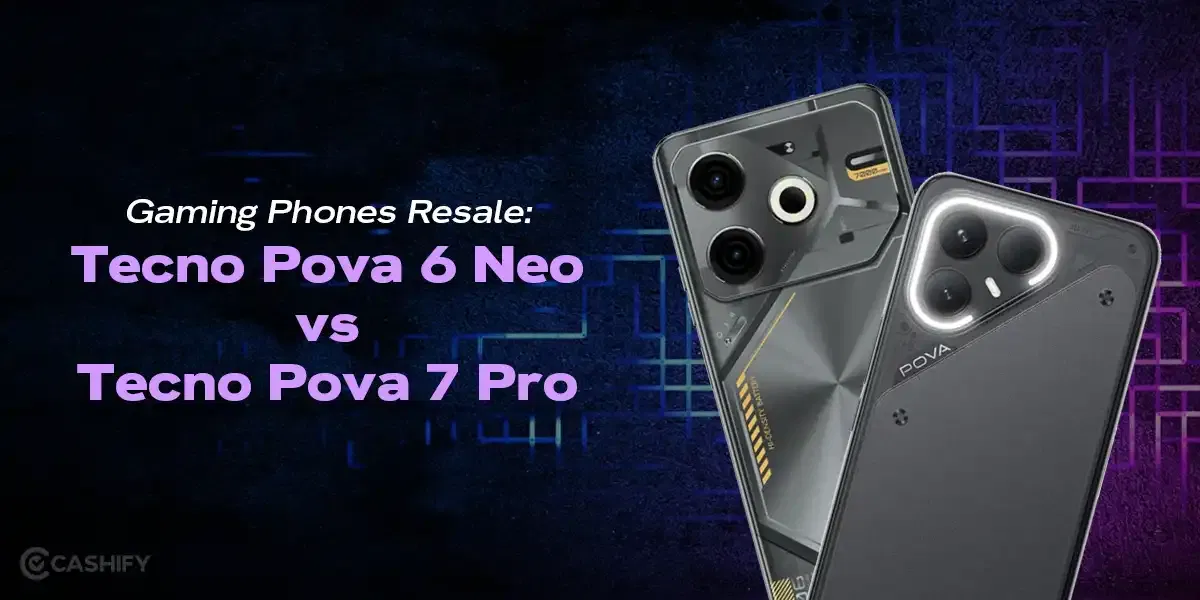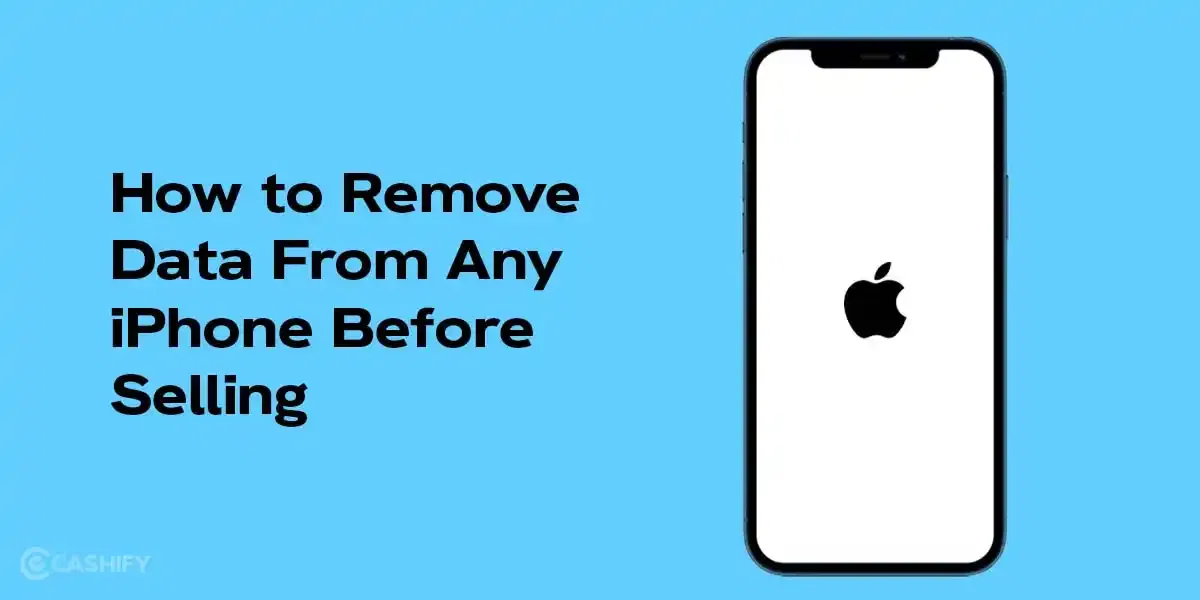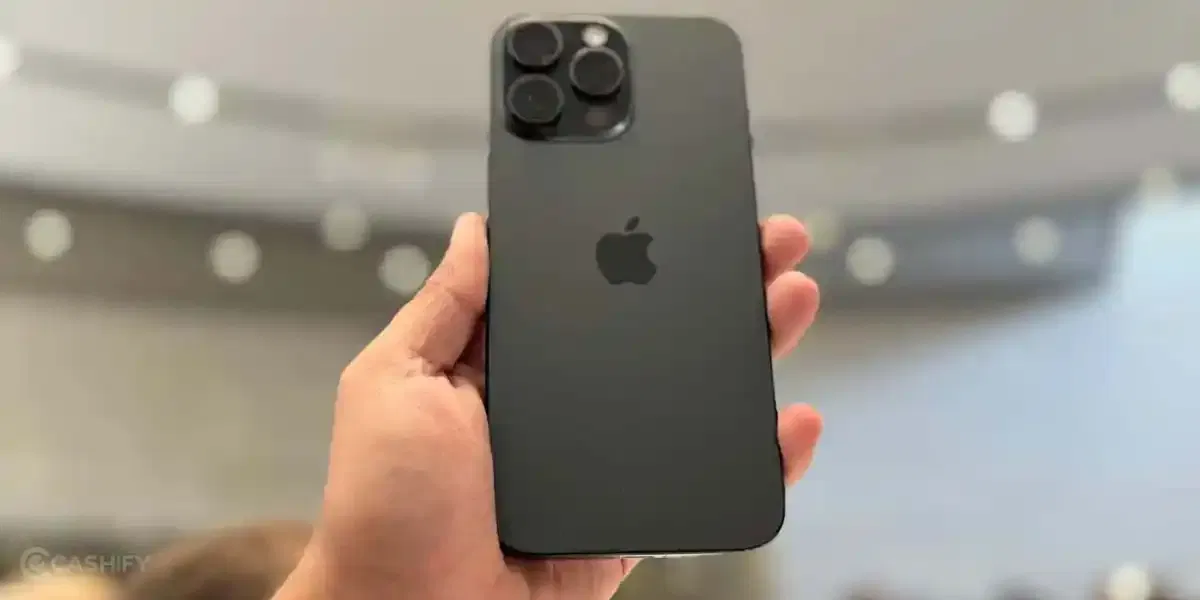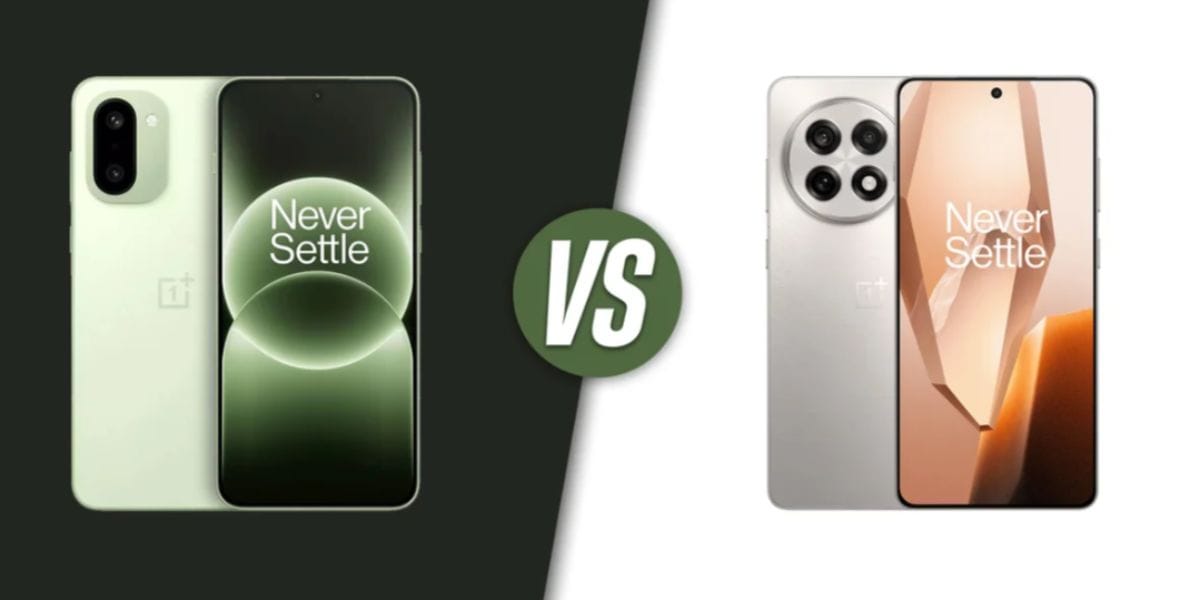
Score
Motorola One Power (P30 Note)
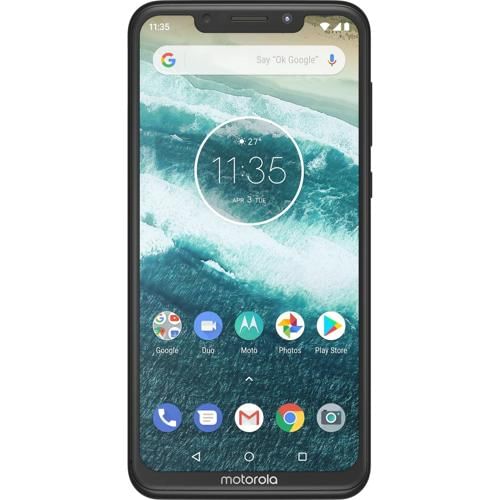
Arriving with a big notch and an iPhone-like design, the Moto P30 Note will draw eyes to it. Priced at Rs. 20,700, this is a mid-range phone that chooses to make the juice pack its flagship feature.
The long-lasting phone holds its ground as a mid-tier phone and does not take any risk to move out of its zone. As a result, users will get a mid-level performance powered by a humongous battery, and a just about decent camera. However, within its market, Moto P30 Note delivers well and is a worthy phone recommended for any average user.
About the Product Overview
Moto P30 Note brings in a lot of upgrades over the mediocre Moto P30 Play. It arrives with a large battery that keeps the juice in the phone intact for an extended period. Plus, it arrives with an iPhone-like design that makes it look premium.
Moto P30 Note arrives with a heavy flagship battery which promises a two-day juice even with moderate use. While other flagships have tried to fit this kind of heavy battery in their handset, P30 Note arrives with fast charging technology, making the battery fill up juice fast so that you don’t have to stay away from your handset for long.
The design of Moto P30 Note looks like the excellent iPhone. From the back, it has an iPhone camera setup, and the notched front also arrives with the heavy iPhone inspiration. As a result, the design is quite ergonomic and is easily manageable. Plus, it is heavy which makes it a sturdy set.
On the whole, the Moto P30 Note is a mid-tier phone which does not have any spectacular hardware except its battery. It performs in a decent manner like most mid-range phones and is a capable phone which is recommended for any average user or a Moto fan.
